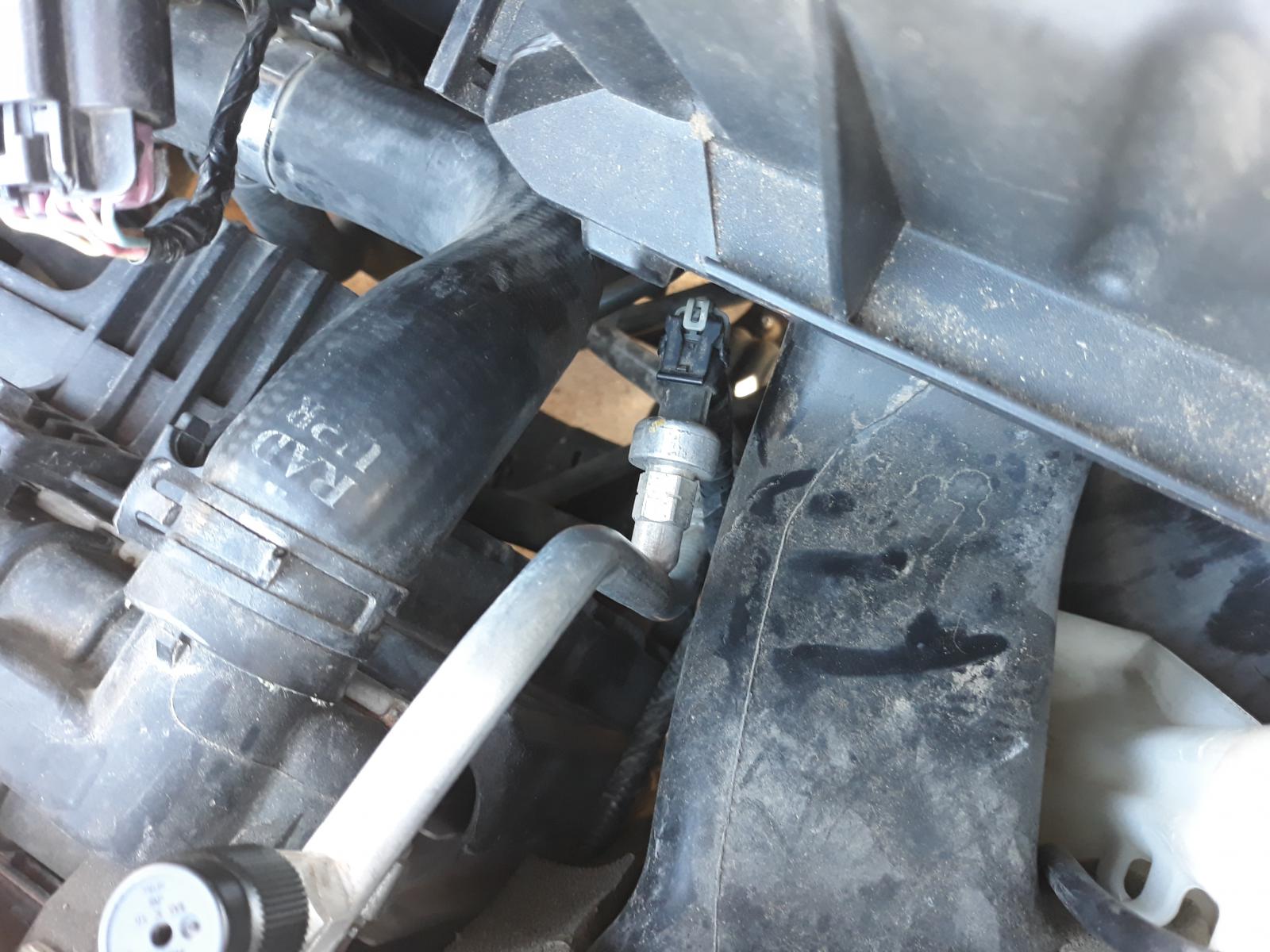

Articles
Where Is The AC Pressure Switch Located
Modified: May 6, 2024
Looking for articles on where to locate the AC pressure switch? Find all the information you need in this informative guide.
(Many of the links in this article redirect to a specific reviewed product. Your purchase of these products through affiliate links helps to generate commission for Storables.com, at no extra cost. Learn more)
Introduction
When it comes to the comfort and usability of your vehicle’s air conditioning system, the AC pressure switch plays a crucial role. This small but essential component helps to monitor the pressure levels in the AC system and ensure its proper functioning. By detecting high or low pressure, the AC pressure switch helps to protect the system from damage and maintain a comfortable cabin temperature.
In this article, we will delve deeper into the AC pressure switch, exploring its importance, common symptoms of a faulty switch, and how to locate and replace it if necessary. Whether you are a car owner looking to troubleshoot AC issues or simply interested in how your vehicle’s AC system works, read on to discover more about the AC pressure switch.
Key Takeaways:
- The AC pressure switch is crucial for protecting the AC system, preventing compressor damage, ensuring proper cooling, prolonging system lifespan, and enhancing safety, contributing to a comfortable and reliable driving experience.
- Recognizing common symptoms of a faulty AC pressure switch and knowing how to locate and replace it when needed can help maintain and troubleshoot your vehicle’s air conditioning system, ensuring a comfortable and enjoyable driving experience.
Read more: Where Is The AC Condenser Located
What is an AC Pressure Switch?
An AC pressure switch, also known as a refrigerant pressure sensor or AC high-pressure switch, is a component commonly found in automotive air conditioning systems. It is designed to monitor the pressure levels in the AC system to ensure efficient and safe operation.
The AC pressure switch is typically located on the high-pressure side of the AC system, between the compressor and the condenser. It is connected to the AC system through a sensor or switch port and communicates with the vehicle’s electronic control unit (ECU) to provide real-time pressure readings.
The main function of the AC pressure switch is to protect the AC system from damage caused by excessive or insufficient pressure levels. It accomplishes this by sending signals to the ECU to activate or deactivate the compressor clutch as needed. When the pressure exceeds the predetermined threshold, the switch may cut off power to the compressor to prevent damage. Conversely, if the pressure falls too low, the switch may engage the compressor to ensure sufficient cooling capacity.
In addition to protecting the AC system, the pressure switch also assists in ensuring proper lubrication of the compressor. The switch helps to prevent the compressor from running when the pressure is too low, which could lead to inadequate lubrication and potential damage. By monitoring the pressure levels, the AC pressure switch maintains optimal performance and helps extend the lifespan of the AC system components.
It’s important to note that the AC pressure switch is just one part of the overall AC system. Other components, such as the compressor, condenser, evaporator, and expansion valve, work together to regulate temperature and provide cool air inside the vehicle. The AC pressure switch acts as a vital control mechanism, ensuring that the system operates within safe and effective parameters.
Importance of the AC Pressure Switch
The AC pressure switch plays a crucial role in the proper functioning of your vehicle’s air conditioning system. Here are some key reasons why the AC pressure switch is important:
- Protects the AC system: The AC pressure switch helps to protect the AC system from damage caused by excessive or insufficient pressure levels. By monitoring the pressure in the system, it can signal the compressor to turn on or off, preventing potential harm to the components.
- Prevents compressor damage: The compressor is a critical part of the AC system. If the pressure becomes too high, the AC pressure switch will shut off the compressor to prevent it from working under extreme conditions. This helps to protect the compressor from damage and costly repairs.
- Ensures proper cooling: The AC pressure switch ensures that the AC system is operating at optimal cooling efficiency. It helps to maintain the right pressure levels in the system, which directly affects the cooling capacity. By preventing pressure fluctuations, it ensures consistent and effective cooling performance.
- Prolongs system lifespan: By safeguarding the AC system from damage, the AC pressure switch helps to extend the lifespan of the system components. It prevents wear and tear caused by excessive pressure or inadequate lubrication, resulting in a longer-lasting and more reliable AC system.
- Enhances safety: Proper functioning of the AC system is not only essential for comfort but also for safety. In hot weather conditions, a malfunctioning AC system can lead to driver fatigue and reduced concentration. The AC pressure switch helps maintain a comfortable cabin temperature, ensuring a safer driving experience.
In summary, the AC pressure switch plays a vital role in protecting the AC system, preventing compressor damage, ensuring proper cooling, prolonging system lifespan, and enhancing safety. A well-functioning AC pressure switch is essential for a comfortable and reliable air conditioning system in your vehicle.
Common Symptoms of a Faulty AC Pressure Switch
A malfunctioning AC pressure switch can cause various issues with your vehicle’s air conditioning system. Here are some common symptoms that indicate a faulty AC pressure switch:
- AC system not cooling: One of the most noticeable signs of a faulty AC pressure switch is when your AC system fails to produce cold air. If the switch is not reading the pressure levels accurately or is stuck in one position, it may prevent the compressor from engaging, resulting in no cooling effect.
- AC system constantly running: On the flip side, a faulty AC pressure switch may cause the AC system to run continuously, even when the desired temperature is reached. This can lead to excessive cooling and discomfort inside the vehicle. The switch may not be receiving the proper signals to turn off the compressor, resulting in constant operation.
- Inconsistent cooling: Another symptom of a faulty AC pressure switch is inconsistent cooling performance. You may notice that the AC system works fine for a while and then suddenly stops producing cold air or starts blowing warm air. This fluctuation in cooling output can be attributed to an erratic reading from the faulty switch.
- AC system short cycling: Short cycling refers to the frequent turning on and off of the AC compressor. A malfunctioning AC pressure switch may cause the compressor to cycle rapidly, leading to inefficient cooling and increased wear on the system components. This can result in decreased cooling effectiveness and higher energy consumption.
- Malfunctioning cooling fans: The AC pressure switch is also connected to the cooling fans in the AC system. If the switch is faulty, it may not provide the proper signals to activate the cooling fans, leading to overheating of the AC system and reduced cooling performance.
- Illuminated AC warning light: In some vehicles, a faulty AC pressure switch can trigger the AC warning light on the dashboard. This serves as an indication that there is an issue with the AC system, and further investigation or repair is needed.
If you experience any of these symptoms with your vehicle’s AC system, it is recommended to have the AC pressure switch inspected and diagnosed by a qualified technician. They can determine if the switch is indeed the culprit and advise on the necessary repairs or replacement.
The AC pressure switch is typically located on the high-pressure side of the AC system, near the AC compressor. It is often attached to the receiver drier or the condenser. Be sure to consult your vehicle’s service manual for the exact location.
Locating the AC Pressure Switch
The exact location of the AC pressure switch can vary depending on the make and model of your vehicle. However, it is typically found on the high-pressure side of the AC system, between the compressor and the condenser. Locating the AC pressure switch involves a few simple steps:
- Consult the vehicle manual: The first step is to refer to your vehicle’s manual or documentation. It often contains valuable information about the location of various components, including the AC pressure switch. You can find the manual in the glove compartment or download it from the manufacturer’s website.
- Inspect the AC system components: Start by locating the AC compressor, typically driven by a belt connected to the engine. Trace the refrigerant lines from the compressor to the condenser, which is usually located in front of the radiator. The AC pressure switch is commonly situated along this refrigerant line on the high-pressure side.
- Look for a switch or sensor port: The AC pressure switch is usually connected to the AC system through a switch or sensor port. This port may have a cap or protective cover that can be removed to access the switch. It may also have electrical connectors, wires, or a plug attached to it.
- Refer to visual aids or online resources: If you are having difficulty locating the AC pressure switch, you can refer to visual aids such as diagrams or videos specific to your vehicle make and model. Online forums, automotive websites, or online service manuals may provide helpful information and guidance.
- Seek professional assistance if necessary: If you are unsure about locating the AC pressure switch or feel uncomfortable accessing it yourself, it is best to seek professional assistance. An experienced technician or mechanic can easily find and identify the switch, ensuring a safe and accurate diagnosis.
Remember that the AC pressure switch location can vary, so it is essential to follow the specific instructions for your vehicle. By locating the AC pressure switch, you will be better equipped to diagnose any issues or perform necessary repairs or replacements if required.
Read more: Where Is AC Compressor Located
How to Replace the AC Pressure Switch
If you have determined that the AC pressure switch needs to be replaced, follow these general steps to ensure a smooth replacement process:
- Gather the necessary tools: Before beginning the replacement, gather the tools you will need. This may include a wrench or socket set, safety glasses, gloves, and a new AC pressure switch compatible with your vehicle.
- Prepare the vehicle: Park the vehicle on a level surface and engage the parking brake. Ensure the engine is turned off and has cooled down before proceeding.
- Locate the AC pressure switch: Review the previous section on locating the AC pressure switch to find its specific location in your vehicle’s AC system.
- Prepare the AC system: To prevent any refrigerant leakage or contamination, it is crucial to relieve the pressure in the AC system. This can be done by slowly loosening the cap on the service port located near the pressure switch. Be cautious and wear protective eyewear and gloves.
- Remove the old AC pressure switch: Disconnect the electrical connectors or wires connected to the pressure switch. Using the appropriate tools, unscrew the old switch from its mounting location. Be careful as some refrigerant or oil may leak out during this process.
- Install the new AC pressure switch: Take the new AC pressure switch and thread it into the mounting location. Use your hand to tighten it and ensure a proper seal. Be cautious not to overtighten and damage the threads.
- Reconnect the electrical connectors: Attach the electrical connectors or wires to the new AC pressure switch, ensuring a secure and snug connection.
- Recharge and test the AC system: If any refrigerant was lost during the replacement process, it will need to be recharged. It is recommended to have a professional mechanic or technician handle the refrigerant recharge to ensure it is done correctly. Once the AC system is recharged, start the vehicle and check if the new pressure switch is functioning as intended.
It’s important to note that these steps provide a general guideline for replacing the AC pressure switch. However, the specific process may vary depending on your vehicle make and model. Always consult the vehicle’s manual or seek professional assistance if you are unsure about any step in the replacement process.
By following these steps, you can successfully replace a faulty AC pressure switch and restore the proper functioning of your vehicle’s air conditioning system.
Conclusion
The AC pressure switch is an integral component of your vehicle’s air conditioning system. It helps to monitor pressure levels, protect the AC system, and ensure efficient cooling performance. Understanding the importance of the AC pressure switch and recognizing the common symptoms of a faulty switch can help you troubleshoot AC issues and take appropriate action.
When it comes to replacing the AC pressure switch, locating it is the first step. By consulting your vehicle’s manual, inspecting the AC system components, and referring to visual aids if needed, you can find the switch’s specific location. It’s important to exercise caution and, if necessary, seek professional assistance to ensure a safe and accurate replacement process.
Replacing a faulty AC pressure switch involves relieving pressure, removing the old switch, installing the new one, reconnecting electrical connectors, and recharging the AC system if needed. Following these steps, either on your own or with the help of a professional, can restore the proper functioning of your vehicle’s air conditioning system and provide you with a comfortable and enjoyable driving experience.
In conclusion, the AC pressure switch is a vital component of your vehicle’s AC system. By understanding its role, recognizing common symptoms, and knowing how to locate and replace it when needed, you can effectively maintain and troubleshoot your vehicle’s air conditioning system. A properly functioning AC system will not only keep you cool and comfortable on hot days but also contribute to a safer and more enjoyable driving experience overall.
Excited about keeping your home cool and comfortable? Transition seamlessly from understanding your AC's pressure switch to exploring cutting-edge air conditioning options. Our next article unveils a selection of "13 Amazing AC Systems for 2024," perfect for anyone planning to upgrade their cooling tech. Dive into this guide and find out which systems offer the best blend of efficiency, reliability, and user-friendly features to cool your space smartly.
Frequently Asked Questions about Where Is The AC Pressure Switch Located
Was this page helpful?
At Storables.com, we guarantee accurate and reliable information. Our content, validated by Expert Board Contributors, is crafted following stringent Editorial Policies. We're committed to providing you with well-researched, expert-backed insights for all your informational needs.
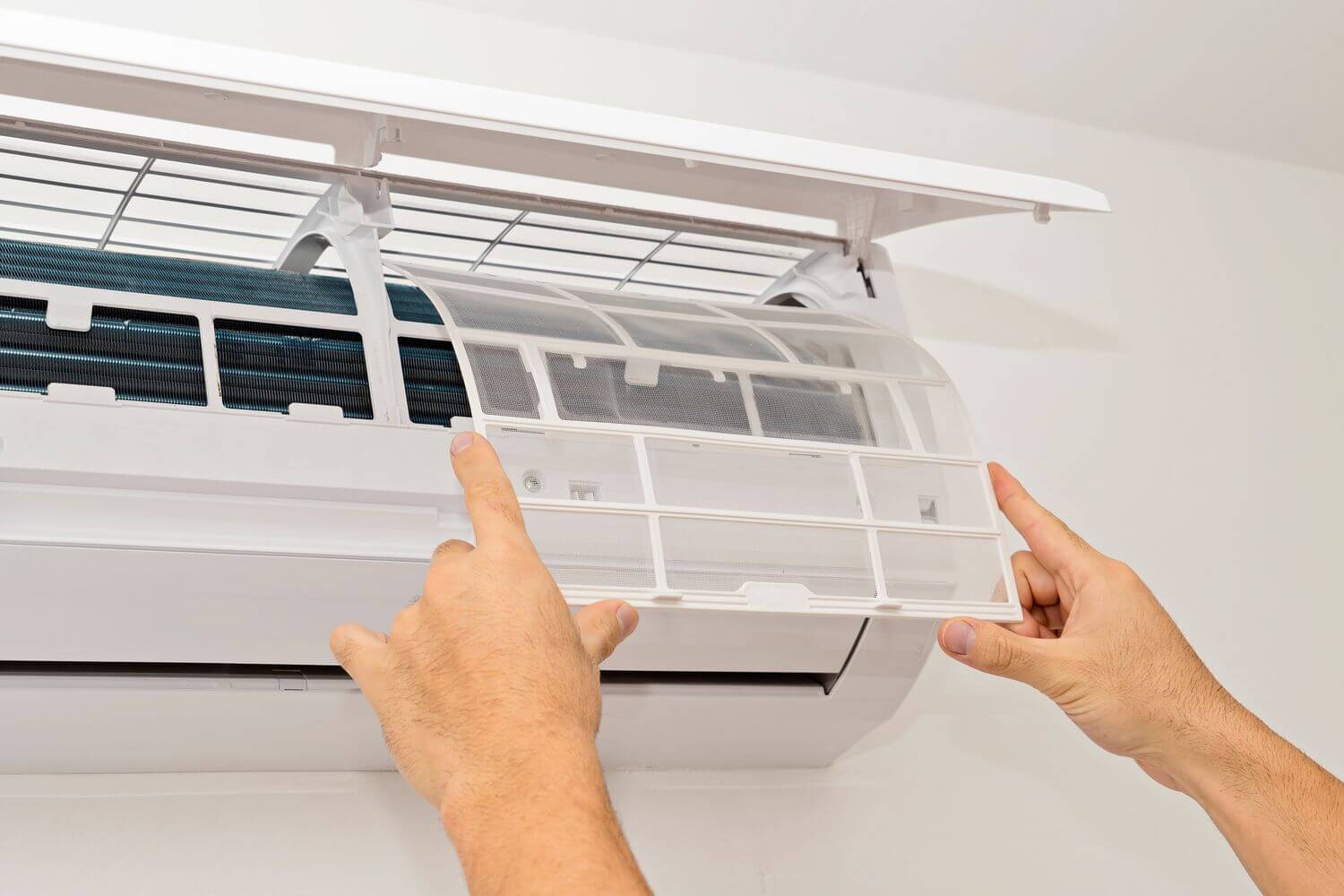

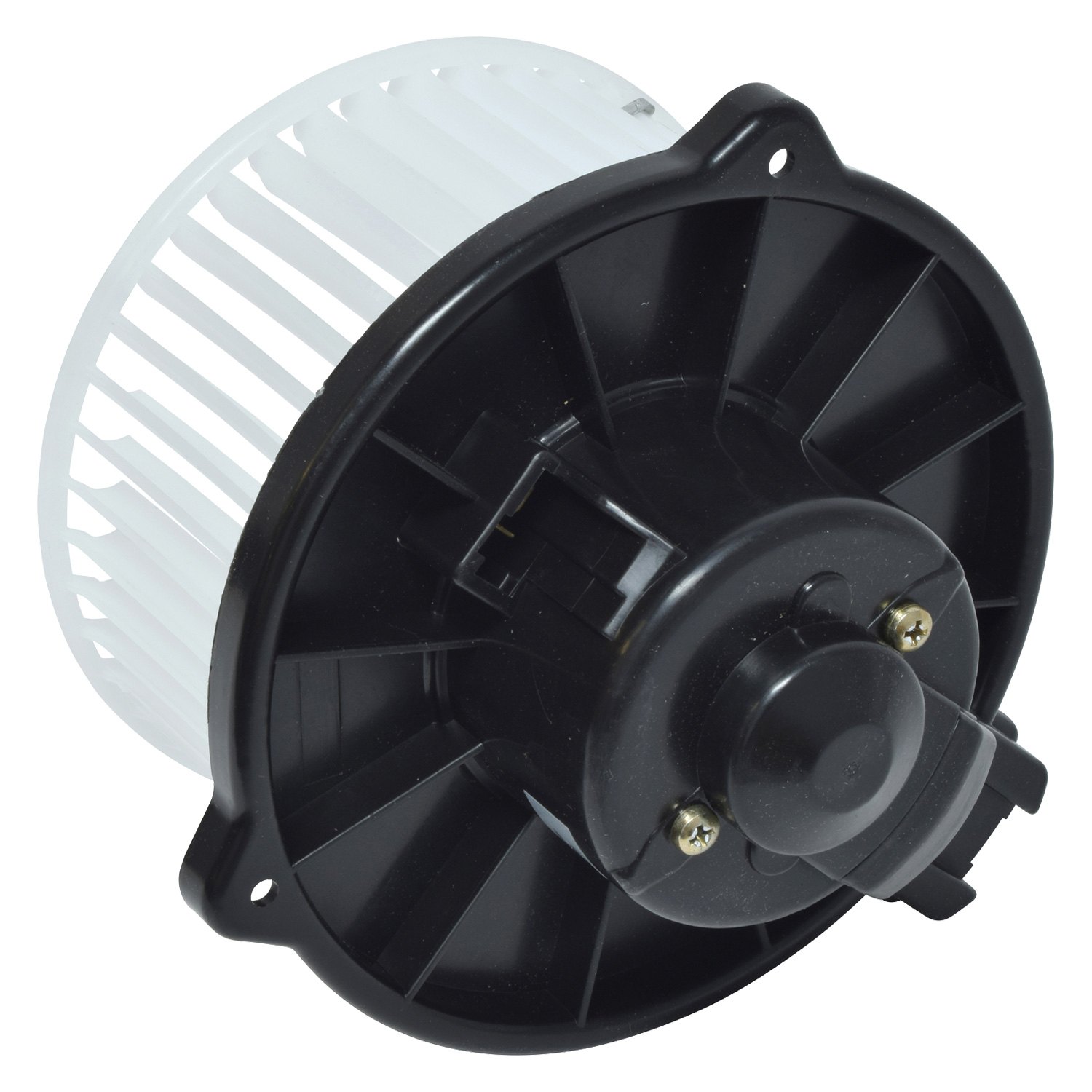
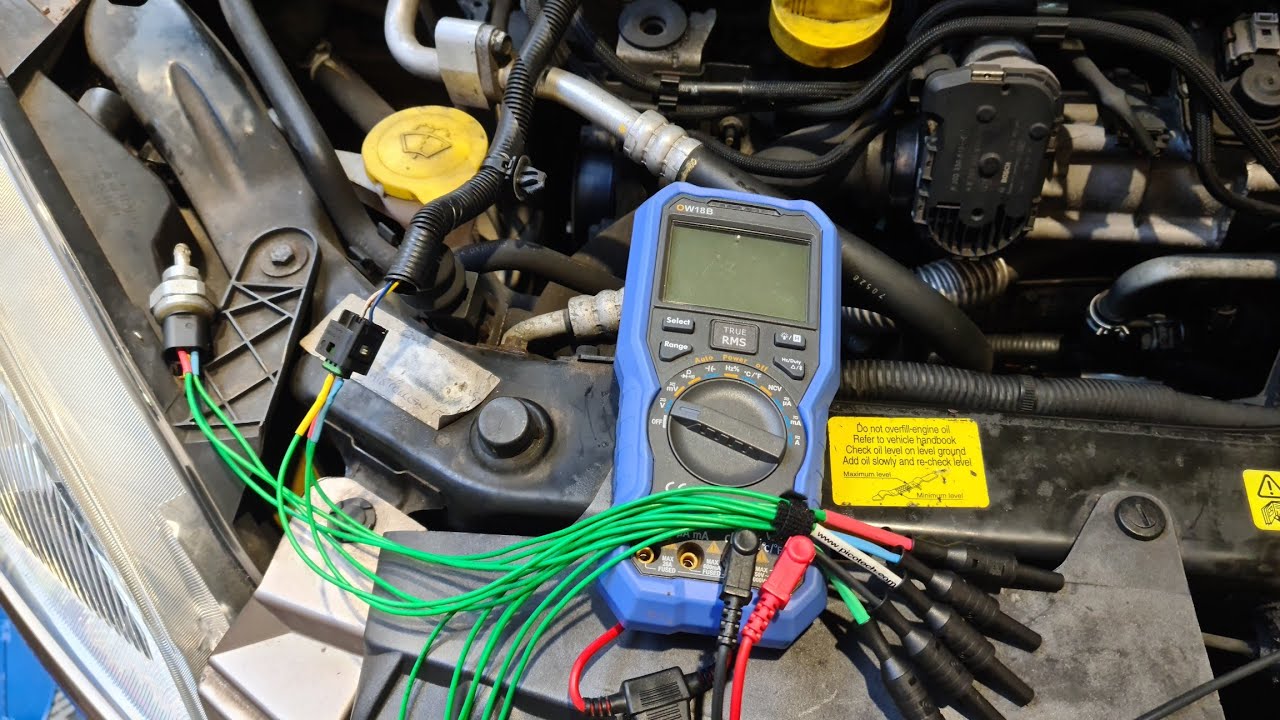
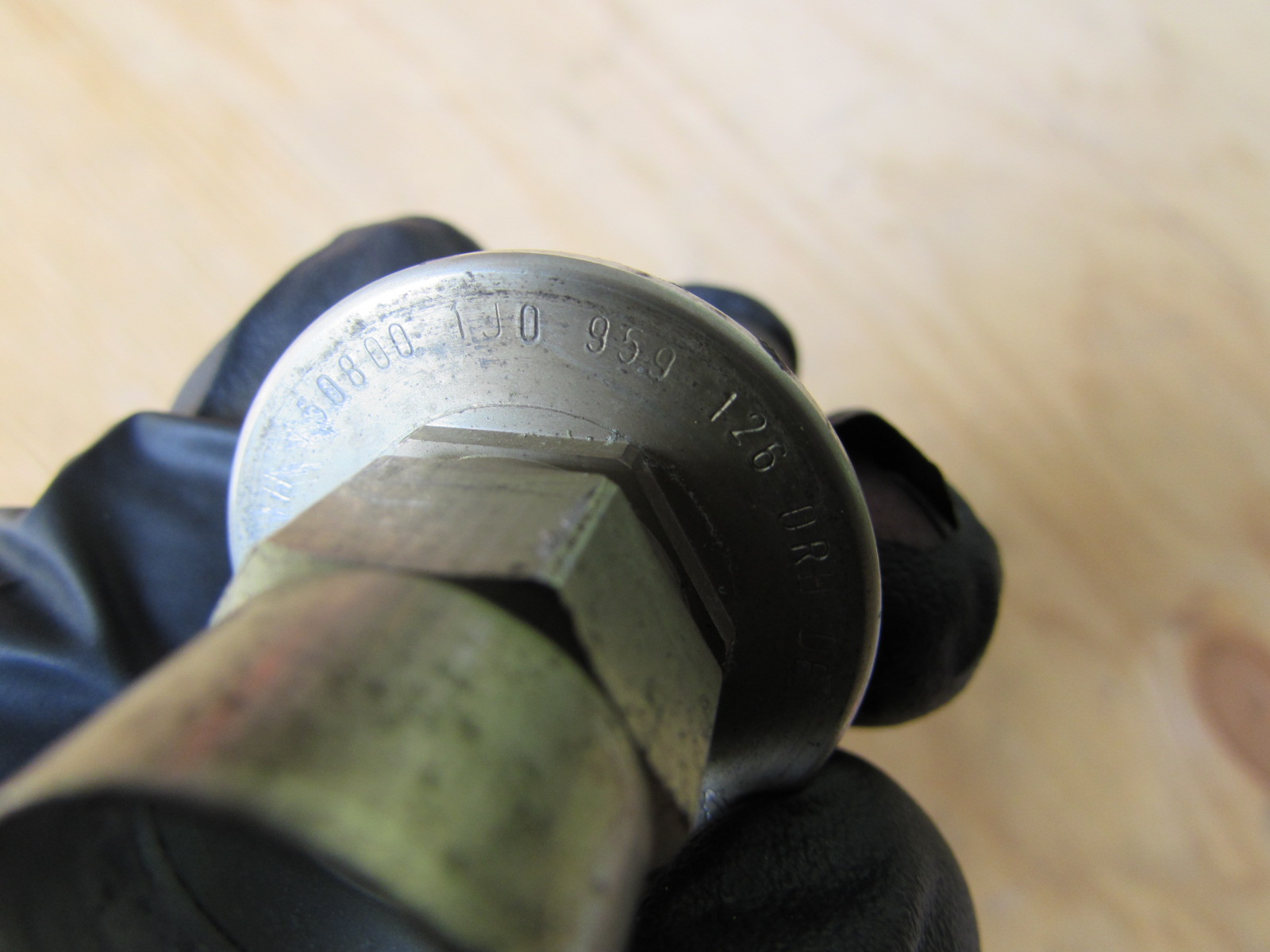
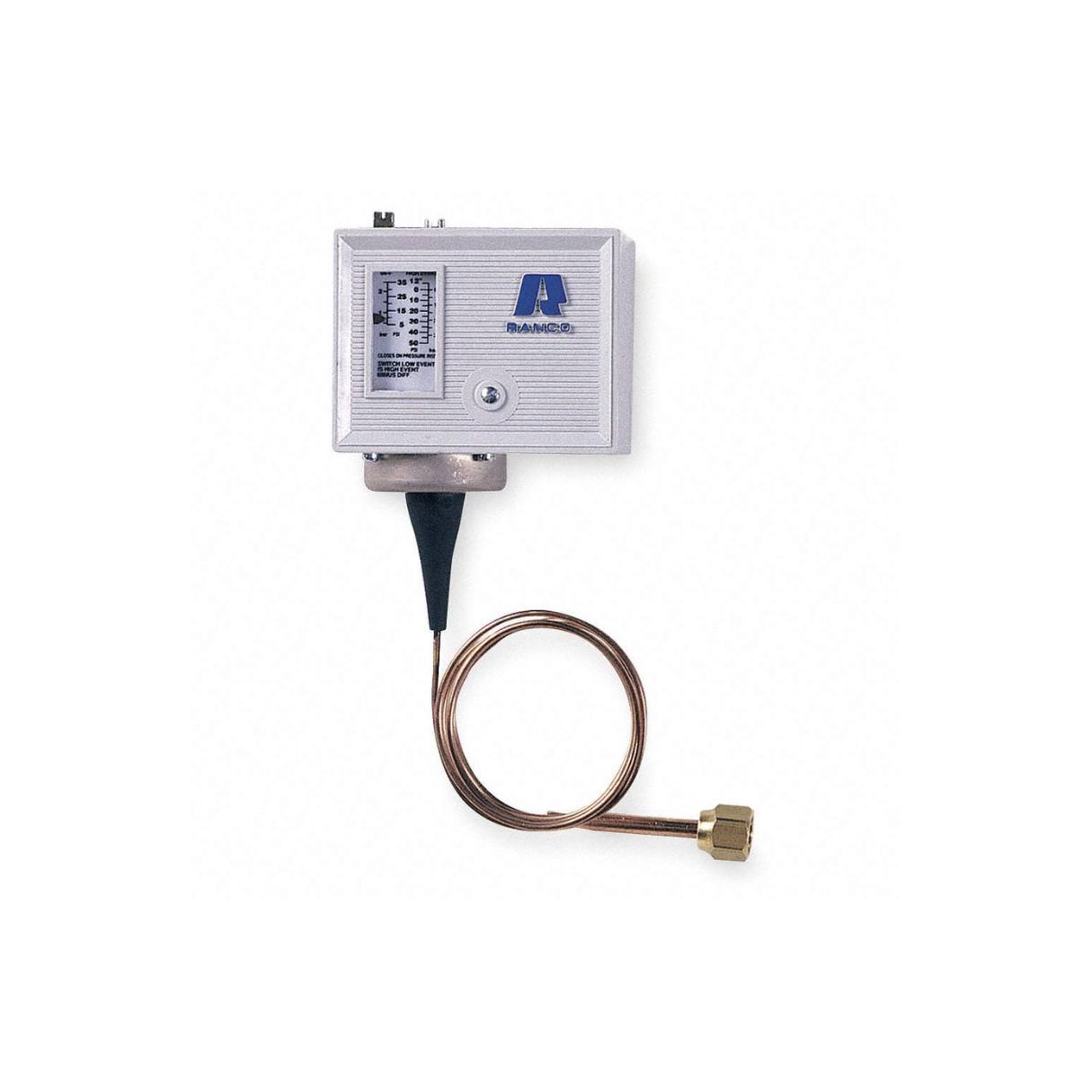

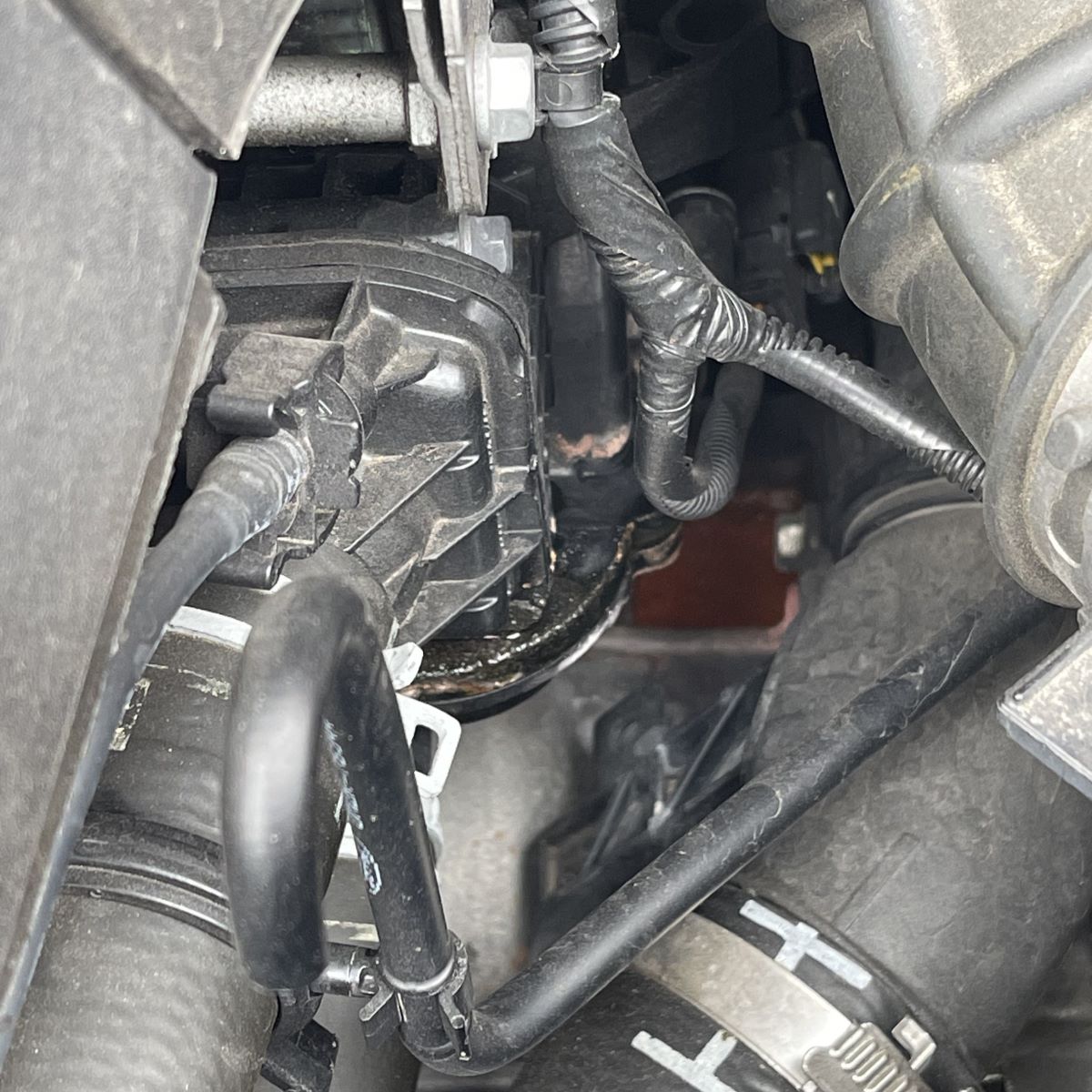
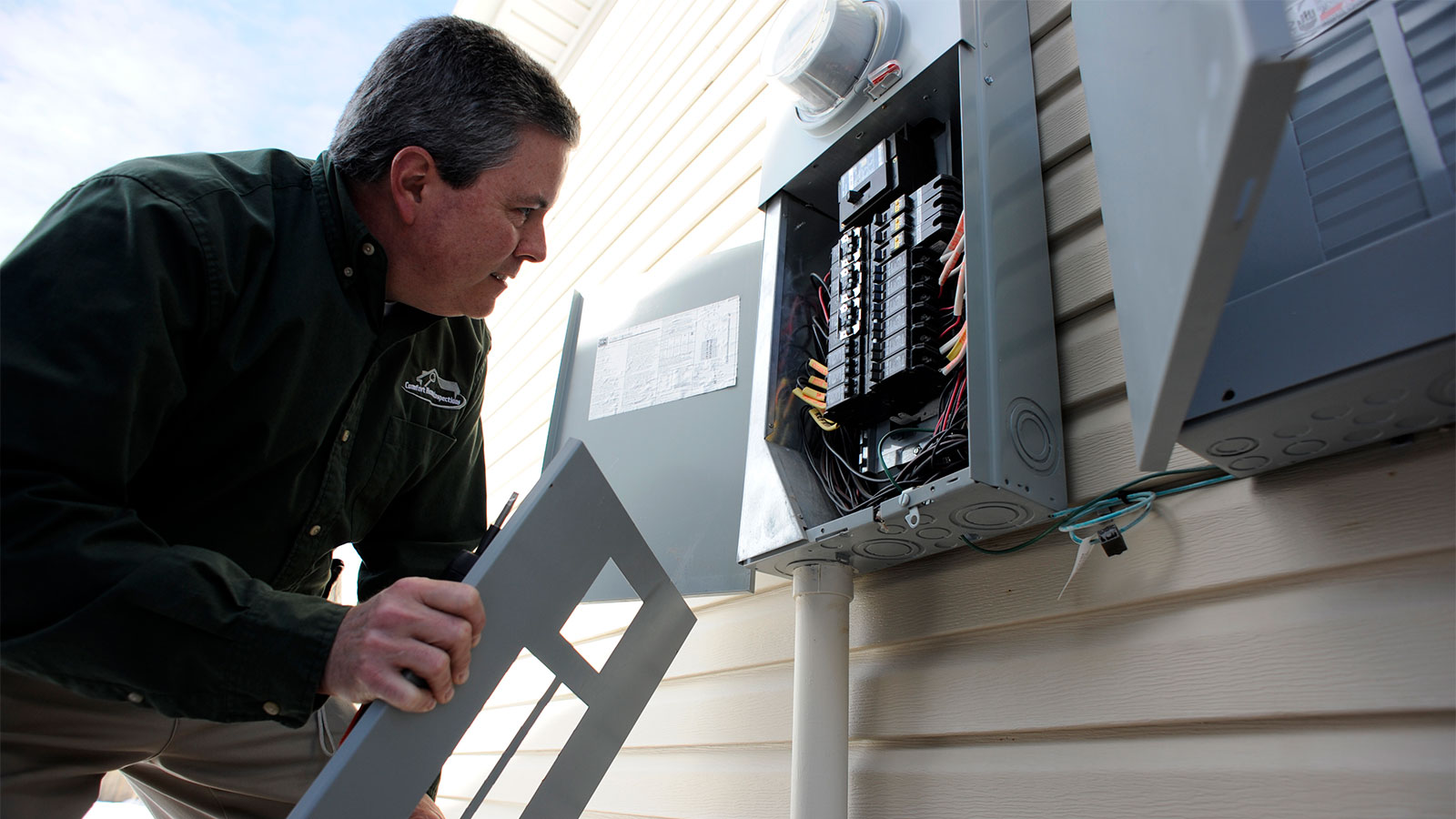


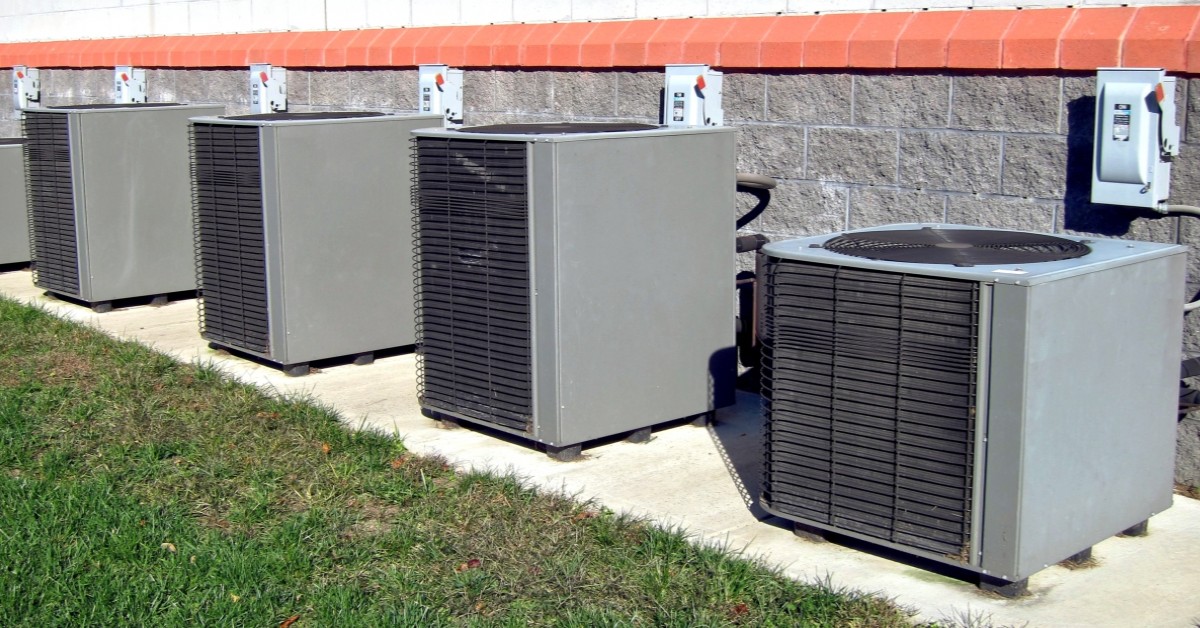



0 thoughts on “Where Is The AC Pressure Switch Located”